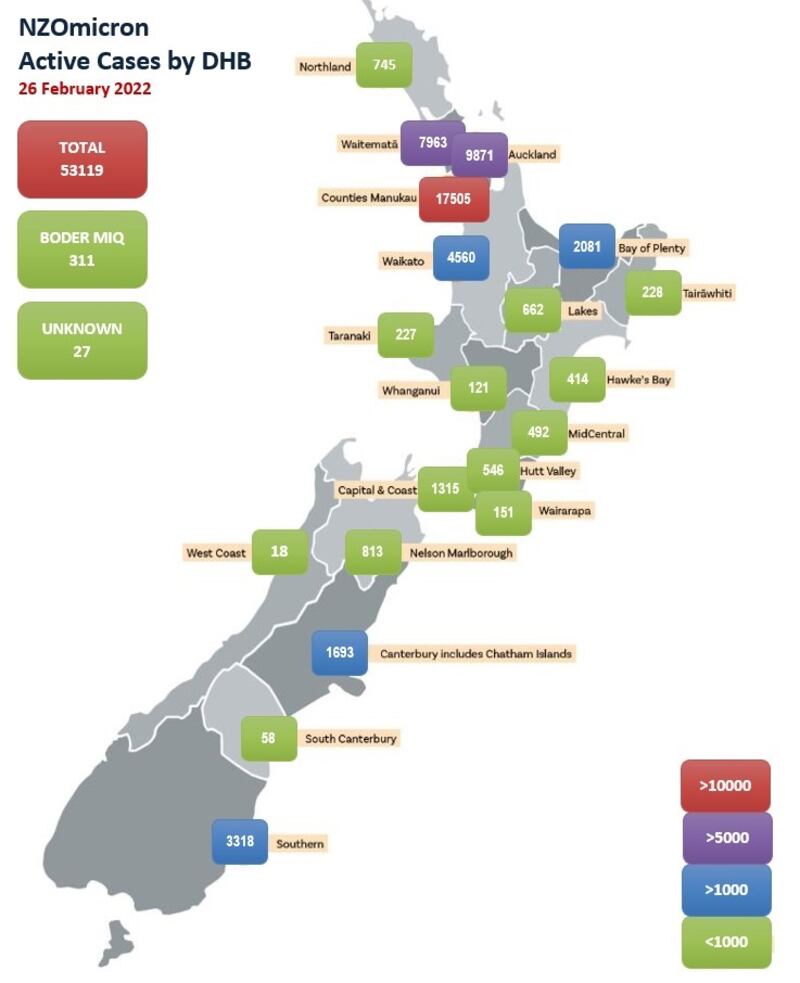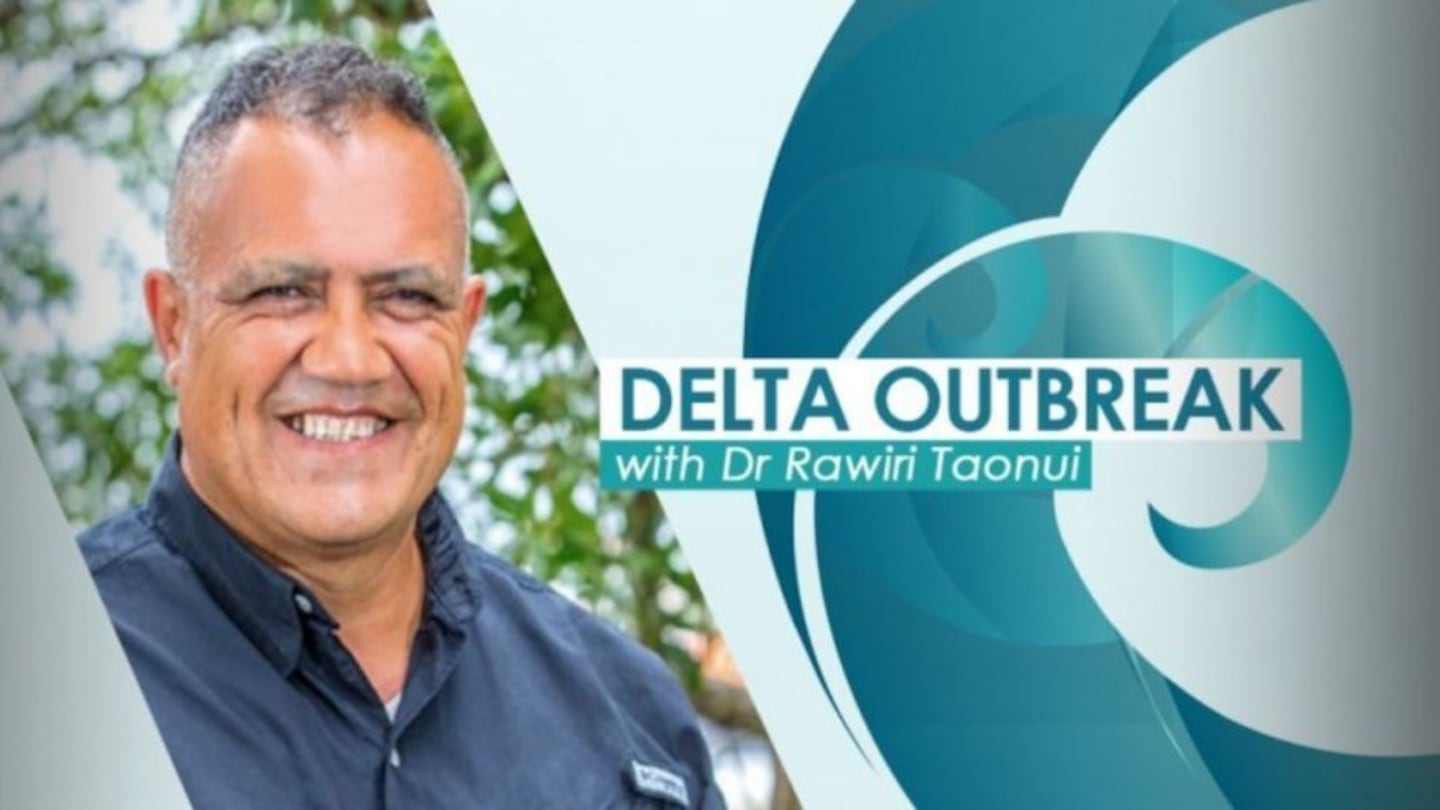By Māori Covid-19 Analyst Dr Rawiri Taonui, in partnership with Te Ao Māori News.
There were 13,606 new cases on Saturday, 263 people in hospital and five in ICU. There are a total of 53,119 active cases in the community and at the border in MIQ. There have been a total of 66,016 cases since the Delta-Omicron outbreak began last August.

The Pākehā community has the highest number of cases followed by Pacific peoples and Māori. Pākehā cases are the highest daily cases for the fourth consecutive day.

The highest number of active cases are in the Pacific community followed by Pākehā, Asian and then Māori.

Closing the Māori vaccination equity gap
The equity gap between Māori and the national rate for total vaccinations has closed from 25.2% in September to 9.2%.

However, the Māori uptake of new vaccinations has slowed as the rollout reaches a last wall of resistance. This varies between 10% to 20% in different District Health Boards. It is higher in upper North Island and lower further south.
Younger Māori not completing full vaccination
There is an 11.2% gap between Māori and the national figure for double vaccination. Older Māori are very well vaccinated. Two factors shape the equity gap:
- A lower vaccination rate of 80.2% to 81.7% first dose vaccination among Māori aged 12-49yrs
- The uptake rate of 2nd vaccinations in the 12-34yrs age groups has fallen behind older age groups by 3.0% to 6.0%.
Māori boosters closing the equity gap
There is a 19.4% gap between Māori and the national rate. The gap is closing as Māori boosters have increased by 66.8% since 4 February compared to 54.3% for Pākehā.
Widening gap in Tamariki vaccination
Māori are falling further behind in tamariki vaccinations. On Waitangi Day the gap between Māori and the national rate was 18.4%. Today the gap is 20.5%. If we compare Māori and non-Māori, the actual gap is 27.4%.
Younger Māori vaccination slowdown
The vaccination slowdown among younger Māori is the longer-term result of the government and the Ministry of Health’s age-band centred first vaccination rollout which failed to address Māori vulnerabilities or allow whānau to vaccinate together.
Some mistakes, such as poor consultation, were repeated in the initial stages of the booster and tamariki rollouts.
The third failing of the government, the ministry, Pākehā who monopolise media funding, and Māori leadership has been to not work together and mount a sufficient scaled initiative to counter the widespread racist, white supremacist, far right-led misinformation campaign that has to a degree transformed mistrust and fear in Māori communities into vaccination resistance in some instances bordering on the militant.
Active cases by DHB
Most active cases lie between Auckland, the Waikato and the Bay of Plenty. There are high numbers in the Southern DHB driven by cases among students in Dunedin.
Cases in provincial centres are steadily rising. Each region will reach a tipping point after which cases will rise more steeply.

Noho haumaru, stay safe.
Dr Rawiri Taonui



